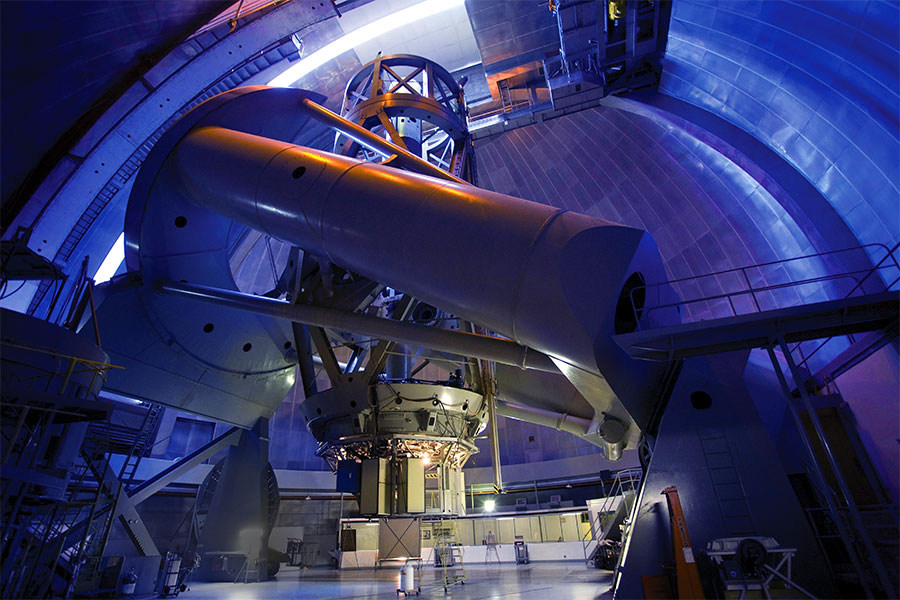



Dr. Gunapala is a senior research scientist, a JPL Fellow, and leads the Infrared Photonics Group at JPL. He works primarily with infrared semiconductor devices based on quantum wells, wires, dots, and superlattices. He has a special interest in studying novel “artificial” bandgap materials for infrared detectors and imaging focal planes.

There is a need to develop a new generation of high-performance, cost-effective infrared photodetectors and focal plane arrays (FPAs) with the flexibility to meet a variety of application requirements. Operation at higher temperatures...

Even with higher operating temperatures for detectors and other components, there is still a need for custom built coolers. Another part of the Infrared Photonics Group designs, fabricates, and delivers flight qualified integrated...

Images in various regions of the spectrum are an integral part of JPL's contribution to NASA science and public outreach. The Infrared Photonics Group also designs, fabricates, characterizes, and delivers mid-wavelength and long-...

Single microlens and microlens arrays operating in the visible and near-infrared spectral bands are well-developed and are utilized in many devices such as smartphone cameras. However, microlens technology in the mid- and long-...

High operating temperature for detectors can be achieved by using optical concentrators that increase optical collection area while keeping detectors volume constant. The most common type of optical concentrator is a spherical microlens...

Modern Earth science, planetary science, and astronomy increasingly depend on large-area focal plane array technology for high spatial resolution. There are a number of approaches being explored to meet this challenge...